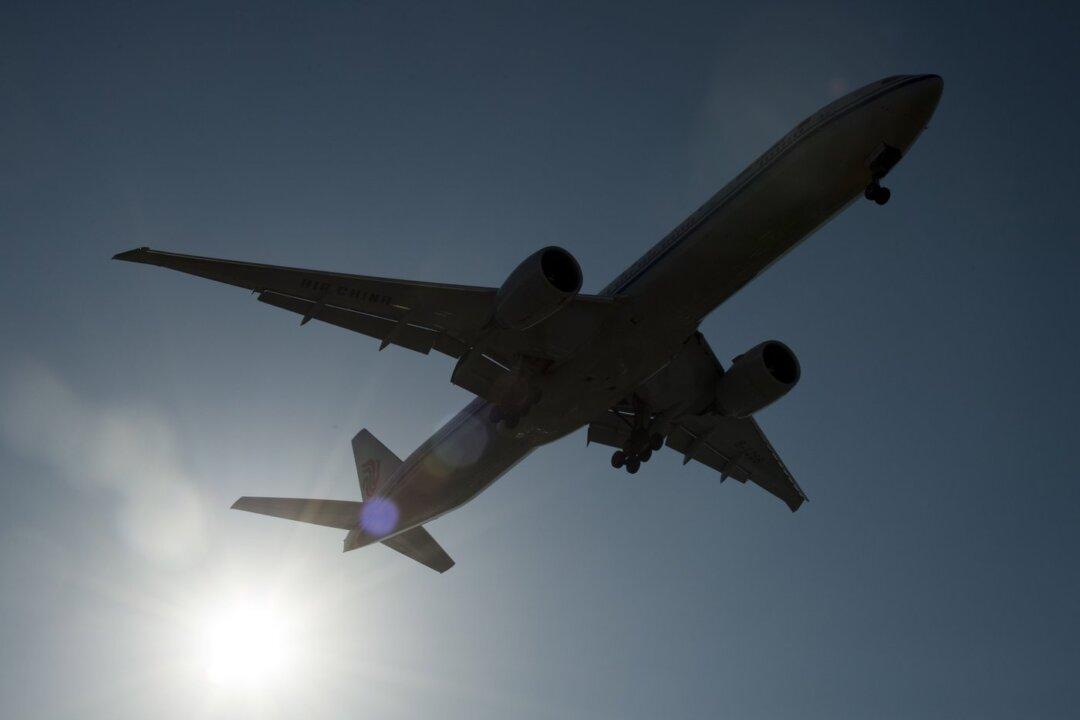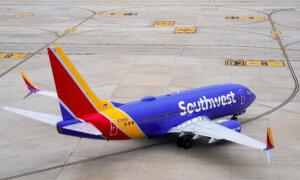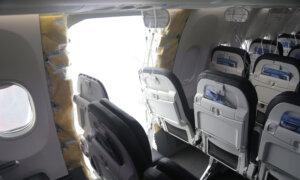Air travellers are set for major disruptions when aviation firefighters walk off the job over claims many of the nation’s airports, including the busiest in the country, are ill-equipped to handle emergencies.
The union claims risk assessments by Airservices Australia reveal Brisbane, Melbourne, Perth and Adelaide airports to be at extreme risk if there is a fire or aircraft incident due to a lack of firefighting resources.
United Firefighters Union of Australia members plan to strike for four hours from 6am on April 15 out of concern for the “dire risk” to air travellers.
The strike could cause major disruptions for travellers, coinciding with the start of school holidays in NSW and South Australia.
The union claimed Airservices kept the “leaked internal documents” hidden from the public, but they were provided to Senate estimates proceedings and made publicly available in October 2023.
Union secretary Wes Garrett said problems remained because Airservices had failed to act on the risk assessments, which were carried out between 2021 and 2022.
“We don’t take this action lightly but the safety of air travellers will always be our first and most important priority,” Mr. Garrett told reporters on April 2.
“We cannot do our job properly unless we are properly staffed and properly resourced.”
The documents show travellers at 13 airports including Brisbane, Melbourne, Perth and Adelaide are at an “extreme risk” due to factors including shortages of trucks, staff, equipment and procedures.
Travellers at 14 other airports, including Sydney, Canberra and Hobart, were deemed “high risk” with the union saying that while they had more resources there were not enough to guarantee safety.
The strike comes amid a bitter industrial dispute between the union and the government-owned corporation, which is responsible for providing aviation support services at airports across the country.
The union wants new clauses inserted into its enterprise agreement with Airservices including minimum staffing requirements, set work hours and rostering, and changes to meet work health and safety regulations.
The union is also demanding a pay rise of 20 percent which Airservices says would cost the aviation industry and passengers an additional $128 million.
Airservices has offered firefighters an 11.2 percent pay rise in response.
The company denied its operations were unsafe and said the risk assessments were undertaken to guide staff planning.
“The dispute has nothing to do with staffing levels, which are monitored and regulated by CASA (Civil Aviation Safety Authority) as the aviation safety regulator,” an Airservices Australia spokesperson said.
“Airservices has sufficient [firefighting] personnel to meet our regulatory obligations and is investing $1 billion over the next 10 years in equipment and facilities for our [firefighting] crews.”
Despite the absence of specialised aviation firefighters, it would remain up to individual carriers to decide whether they would continue to fly, with regular firefighter crews likely to be called in on standby, Australian Airports Association chief executive James Goodwin said.
“We would hope that the travelling public are not disrupted by any industrial action,” he told AAP.
In a statement, CASA said it conducted regular surveillance of certificate holders such as Airservices Australia but would not comment on specific surveillance events or safety findings.







